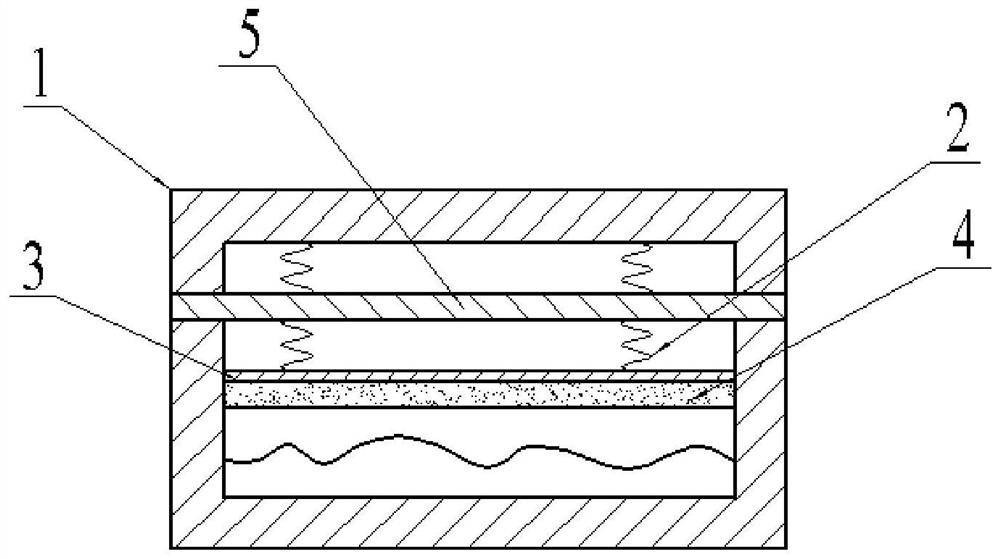Distributed optical fiber sensing system based on Rayleigh and Brillouin scattering fusion
A Brillouin scattering and distributed optical fiber technology, which is applied in the direction of using optical devices to transmit sensing components, convert sensor outputs, instruments, etc., can solve the problems of difficult multi-parameter fusion sensing, low output power density of light sources, etc. Efficiency coupling, the effect of improving output power density
- Summary
- Abstract
- Description
- Claims
- Application Information
AI Technical Summary
Problems solved by technology
Method used
Image
Examples
Embodiment 1
[0029] The embodiment is basically as attached figure 1 shown, including:
[0030] The light source is used to generate and output the detection optical signal and the local oscillator optical signal; the light source includes a fiber optic cone, which is formed by melting and drawing a number of optical fibers; the fiber optic cone includes a large end and a small end, and the large end has a There are loose pigtails, and each fiber of the loose pigtails is connected to a laser with a collimator lens combination through a connector;
[0031] a modulation unit, configured to receive the detection light signal and modulate to generate pulsed light, and output the pulsed light to the optical fiber to be tested;
[0032] The coherent detection unit is used to receive the local oscillator optical signal and the back reflection signal generated by the optical fiber to be tested according to the Rayleigh scattering and Brillouin scattering effects, and mix the local oscillator opti...
Embodiment 2
[0042] The only difference from Embodiment 1 is that it also includes an optical circulator, the first end of the optical circulator is connected to the modulation unit, the second end of the optical circulator is connected to the optical fiber to be tested, and the third end of the optical circulator is connected to the coherent detection unit. The laser light emitted by the laser is divided into 80% of the probe light and 20% of the local oscillator light through the optical coupler. The probe light is modulated by the acousto-optic modulator to obtain pulsed light. output to the fiber under test. Considering the Rayleigh scattering and Brillouin scattering effects in the optical fiber to be tested, the back reflection signal generated by the optical fiber to be tested is input from the second end and then output from the third end.
Embodiment 3
[0044] The only difference from Embodiment 2 is that in this embodiment, the optical fiber 5 is used in winter in Northeast China, the daily temperature difference between day and night can be above 20-30°C, and the temperature change rate can reach 4-6°C / h; a part of the optical fiber 5 One is buried in the soil and the other is exposed to the air. Soil temperature will show seasonal fluctuations and diurnal changes with the change of air temperature near the surface; at the same time, due to the influence of periodic diurnal and annual changes in solar radiation, soil temperature will also change accordingly, making the annual change of soil temperature show It is a sinusoidal function, and the variation range of temperature decreases with the increase of soil depth. At a certain depth, the amplitude can be considered to be approximately zero. In addition, due to the different heat transfer coefficients of soil and air, the temperature of the soil is usually higher than that...
PUM
 Login to View More
Login to View More Abstract
Description
Claims
Application Information
 Login to View More
Login to View More - R&D Engineer
- R&D Manager
- IP Professional
- Industry Leading Data Capabilities
- Powerful AI technology
- Patent DNA Extraction
Browse by: Latest US Patents, China's latest patents, Technical Efficacy Thesaurus, Application Domain, Technology Topic, Popular Technical Reports.
© 2024 PatSnap. All rights reserved.Legal|Privacy policy|Modern Slavery Act Transparency Statement|Sitemap|About US| Contact US: help@patsnap.com









